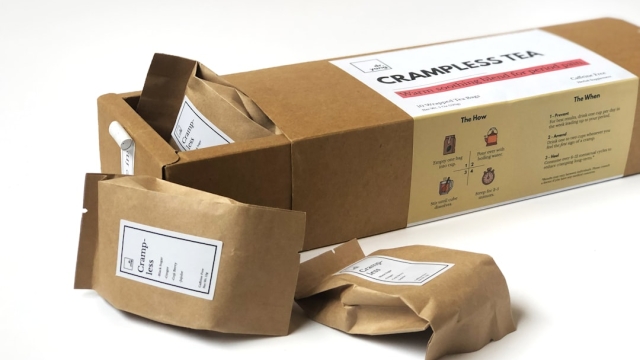In the world of manufacturing and distribution, the significance of packaging quality assurance cannot be overstated. Packaging serves not only as a protective barrier for products but also plays a crucial role in branding and customer satisfaction. By ensuring that packaging meets established standards, companies can enhance their reputation, reduce waste, and ultimately improve their bottom line. In this article, we will delve into the essential aspects of packaging quality assurance, including industry standards, key processes for maintaining quality, and best practices for custom packaging solutions.
Understanding Packaging Quality Assurance Standards
At the heart of packaging quality assurance are the standards that guide businesses in producing packaging that is safe, effective, and appealing. Various organizations and governing bodies have established guidelines that cover material specifications, safety regulations, and environmental considerations. For example, standards may dictate the types of materials that can be used for specific products, ensuring they are non-toxic and suitable for their intended use.
Additionally, certifications such as ISO (International Organization for Standardization) are often pursued by companies striving for excellence in their packaging practices. These standards not only enhance product safety but also contribute to overall sustainability efforts. Adopting recognized standards can inspire confidence among consumers and business partners alike, establishing a foundation for ongoing quality assurance.
Key Processes in Packaging Quality Control
Implementing effective quality control processes is essential for maintaining high packaging standards. Several key processes should be considered:
- Material Inspection: Before any packaging production begins, it is crucial to inspect materials for quality and compliance with specifications. This step ensures that only the best materials are used, reducing the risk of defects down the line.
- Testing and Validation: Conducting rigorous testing on packaging designs and materials is vital. This might include drop tests, compression tests, and other assessments to evaluate the packaging’s durability and functionality.
- Process Audits: Regular audits of the packaging production process help identify any inconsistencies or areas for improvement. This proactive approach allows companies to address potential issues before they escalate.
- Employee Training: Ensuring that employees are well-trained in quality assurance practices is critical. A knowledgeable workforce can better identify defects and adhere to quality standards throughout the packaging process.
By integrating these processes into daily operations, companies can significantly enhance their packaging quality assurance efforts, leading to fewer defects and higher customer satisfaction.
Best Practices for Custom Packaging Solutions
In an era where personalization and uniqueness are highly valued, custom packaging solutions have become increasingly popular. However, ensuring quality in custom packaging presents its own set of challenges. Here are some best practices to consider:
- Collaborate with Trusted Suppliers: Partnering with suppliers who prioritize quality assurance is essential. Research potential suppliers and inquire about their quality control processes to ensure they align with your standards.
- Prototype Testing: Before committing to large production runs, create prototypes of your custom packaging. This allows for testing and adjustments based on real-world performance, ensuring that the final product meets expectations.
- Feedback Loops: Establish channels for receiving feedback from customers regarding your packaging. This information is invaluable for making improvements and addressing any issues that may arise.
- Sustainability Considerations: Incorporating sustainable materials and practices into your custom packaging can enhance its appeal. Consumers are increasingly drawn to brands that demonstrate a commitment to environmental responsibility.
By following these best practices, businesses can improve their packaging quality assurance and create custom solutions that not only protect their products but also resonate with their target audience.
In conclusion, packaging quality assurance is a multifaceted aspect of product management that requires attention to detail and adherence to established standards. By understanding the importance of quality assurance, implementing key processes, and following best practices for custom packaging, companies can elevate their packaging strategies, ensuring safety, functionality, and customer satisfaction in every package delivered. For those seeking reliable solutions in packaging quality assurance, exploring options with experienced providers can be a valuable step toward success. Learn more about effective packaging solutions at CC Printing.


